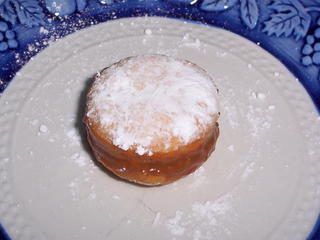Angry Camera, Starving Blog
Warning: This is a non-food post.I have been a little inactive in posting around here in a while. Blame it on technology. About 10 days back, my beloved digicam just stopped working, and thus I am left without any aid to capture delicious (or even bland) shots to post here.
So while I go on a war footing to get my camera repaired (yes, wish me lots of luck), I am hoping we'd be able to savour some delectable stuff off Cesar's plate in the days to come.
Cesar, hint, hint...
Happy eating, everyone!
Sury


